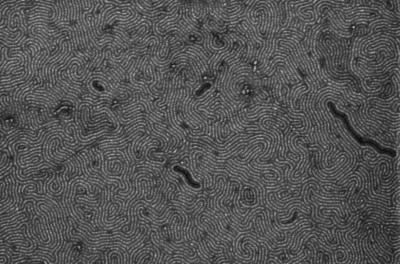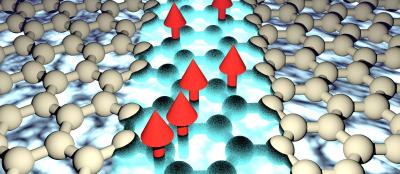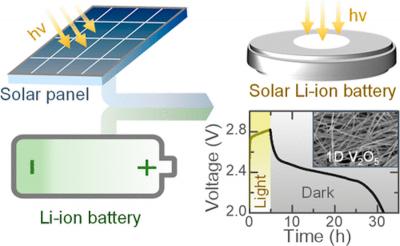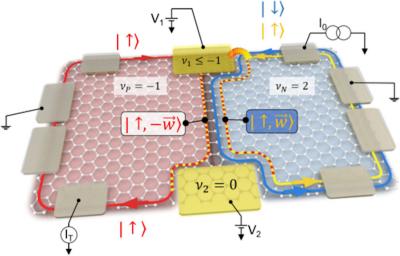
by MBF Admin | May 4, 2021 | 2D materials, Aerospace, AGM, Angstron Materials, Audio, Development, GNRs, Graphene applications, Graphene production, Investment, Products, Research, Technical / Research
University of Wisconsin–Madison researchers have fabricated graphene into the smallest ribbon structures to date, using a method that is said to make scaling-up simple. In tests with these tiny ribbons, the scientists discovered they were closing in on the properties...

by MBF Admin | Apr 29, 2021 | 2D materials, Aerospace, AGM, Angstron Materials, Audio, Conductors, Development, Investment, Magnetism, Products, Research, Technical / Research
Researchers from Spain, Finland and France have demonstrated that magnetism and superconductivity can coexist in graphene, opening a path towards graphene-based topological qubits.Schematic illustration of the interplay of magnetism and superconductivity in a graphene...
by MBF Admin | Apr 28, 2021 | 2D materials, Aerospace, AGM, Angstron Materials, Audio, Carbon Nanotubes, Development, Electronics, Graphene applications, Graphene Ink, Investment, Products, Research, Technical / Research
Researchers at Duke University have created transistors with three carbon-based inks. The all-carbon thin-film transistors were made using crystalline nanocellulose as a dielectric, carbon nanotubes as a semiconductor, graphene as a conductor and paper as a substrate....

by MBF Admin | Apr 26, 2021 | 2D materials, Aerospace, AGM, Angstron Materials, Audio, Development, Graphene applications, Graphene batteries, Graphene Oxide, Graphene Solar, Investment, Products, Research, Technical / Research
University of Cambridge researchers have designed a lithium-ion battery that can be directly charged in sunlight. This was done in an effort to improve the general process of connecting solar panels to batteries to store energy when the sun is shining. “The idea is to...

by MBF Admin | Apr 26, 2021 | 2D materials, Aerospace, AGM, Angstron Materials, Audio, Development, Graphene applications, Investment, Products, Research, Spintronics, Technical / Research
Researchers from France, South Korea, and Japan have created a graphene-based “beam splitter” for electronic currents. The tunable device’s operation is directly comparable to that of an optical interferometer. The team believes that the technology could enable...
by MBF Admin | Apr 23, 2021 | 2D materials, Aerospace, AGM, Angstron Materials, Audio, Development, Investment, Products, Research, Technical / Research
A research team at the Center for Molecular Spectroscopy and Dynamics (CMSD) within the Institute for Basic Science (IBS) in Seoul, South Korea, and the Korea University, recently revealed the origin of the wettability of graphene. Wettability is the ability of the...





